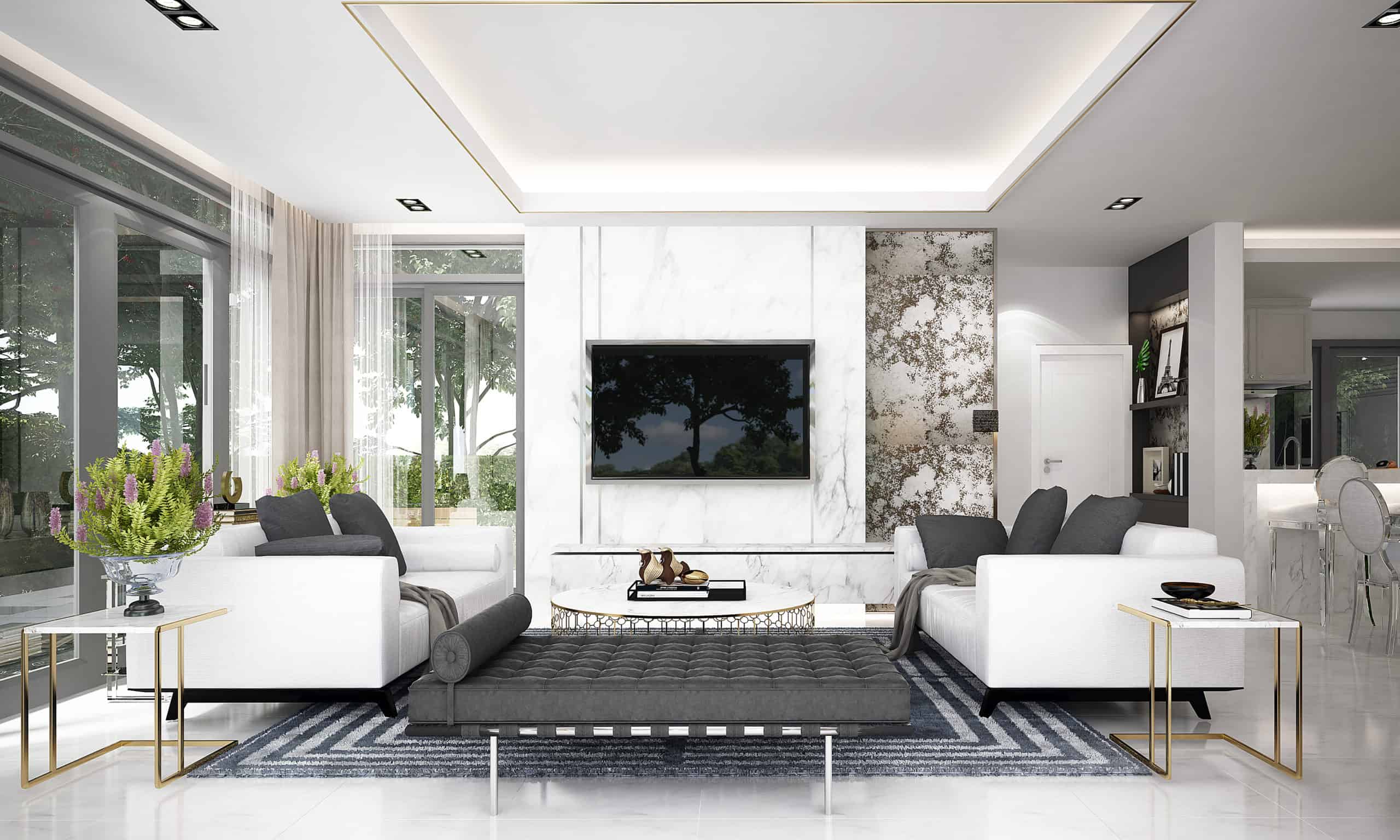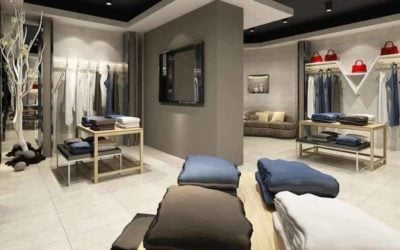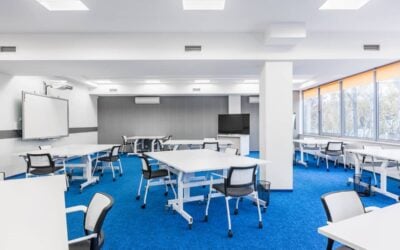Interior Architectural Lighting
Have you ever entered a space for the first time and felt instantly calm and comfortable? Or tense and anxious? It’s highly likely the space’s lighting influenced your initial reaction. Lighting brings warmth and emotion to architectural design and plays an important role in how people experience buildings and interior spaces.
The goal of architectural lighting goes above and beyond that of standard lighting. While standard lighting focuses primarily on functionality, architectural lighting also focuses on aesthetics. This type of lighting enhances the physical features, textures, and shapes within a space to elevate the appeal of its notable architecture.
As more commercial buildings recognize the benefits of upgrading to LED lighting for functionality and efficiency, they’re also realizing the aesthetic value of using LED lights to draw attention to interior architectural elements. Hotels, offices, restaurants, and medical facilities are some of the spaces where LED lighting provides both practical illumination and emotional impact.
How to Use Architectural Lighting to Transform Interior Spaces
Every commercial space, no matter how ordinary it seems, has architectural details that deserve extra attention. From uniquely shaped ceilings, to textured walls and archways, subtle details like these often blend into a room and never get noticed. However, with a few architectural lighting techniques, overlooked elements can emerge from the background and transform an entire space’s atmosphere.
Archways
An archway’s curved shape is its most recognizable feature. To give an arched hallway or wall niche maximum visual appeal, a few well-placed LED spotlights or accent lights are all that’s necessary. Directing the light towards the top and sides of the arch creates the most impact.
Small LED spotlights placed in the floor, close to the wall, direct light up towards the top of the arch. If floor lighting isn’t a viable option, accent lights can be used on the side walls of the arch to direct light upwards.
Some arched wall niches may feature a displayed object. To showcase what’s on display, try placing a spotlight behind the object for a dramatic backlit effect.
Feature Walls
Many commercial spaces today include a feature wall in their interior design plan. Feature walls can simply be a different texture, or they can be designed with a completely different material. Illuminating the feature wall in a wash of light makes it stand out significantly.
To achieve this effect, LED overhead lights are directed towards the wall surface. A well-lit feature wall appears as its own architectural element instead of just another part of the room. Retail settings frequently do this to focus shoppers’ attention to prominent wall displays.
Tall Ceilings
Spaces with high ceilings face numerous challenges when it comes to lighting. Ensuring there’s enough functional light is a common concern that’s fortunately an easy fix. Installing evenly-spaced LED recessed lights or directional track lighting should provide a substantial amount of ambient light.
Architectural interior lighting for high-ceiling spaces typically focuses on fixture style. Tall ceilings can easily accommodate big, bold light fixtures. Large chandeliers, stylish pendants, and sleek, suspended luminaires become immediate focal points within a space. Depending on the fixture’s specific style, and how it directs light, architectural features throughout the room can be beautifully illuminated, too.
Unique Architectural Shapes
Curved walls, octagonal ceilings, and other distinctively shaped features were originally designed to make a statement. Highlighting their shapely characteristics with subtle accent lighting gives them extra emphasis that’s well deserved.
Linear LED strip lighting is a sleek and unobtrusive solution, especially when applied along the edges of a ceiling or wall. The soft, contemporary glow that’s cast by these versatile light sources calls attention to the unique architectural shapes, including smooth curves, geometric corners and more.
TCP Lighting Solutions
It’s amazing how architectural lighting is just as important as the architecture itself. It takes countless hours of hard work to create an interior space’s structural design. With all that effort, why let innovative architectural features get lost within a poorly planned, uniformly lit room? You shouldn’t.
Instead, you should contact a TCP lighting specialist to help you design an architecture lighting concept, so your commercial space can shine proudly and brilliantly for years to come.
Are you ready to start your architectural lighting redesign? Browse our commercial lighting products to get ideas. Shop here.







